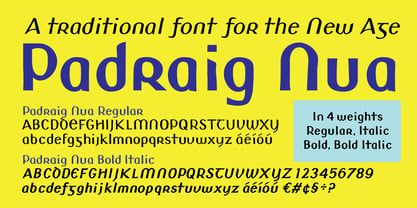10,000 search results
(0.011 seconds)
- nya-memo Font - Unknown license
- NBA Bucks - Unknown license
- Noa by Linotype,
$29.99 - Font - Unknown license
- Padraig Nua by Tony Fahy Font Foundry,
$25.00 - Lifetime Font - Personal use only
- Sucker Font - Personal use only
- Charming Font - Unknown license
- HEX Font - Personal use only
- Glitter Font - Unknown license
- #44 Font - Personal use only
- Babylon Font - Unknown license
- barcode font - Unknown license
- moon font - Unknown license
- Schindler’s Font - Personal use only
- Dot Font - Unknown license
- Jacks Font - Unknown license
- Ticky font - Unknown license
- Oblivious font - Unknown license
- Still Font - Unknown license
- ADIstiLleRS Font - Personal use only
- Lucky Font - Unknown license
- Jim’s Font - Unknown license
- El&Font - Unknown license
- sai Font - Unknown license
- Cher Font - Unknown license
- kero Font - Unknown license
- Bharatic-Font - Unknown license
- font twelve - Personal use only
- Font TUMIKI - Unknown license
- Smiley Font - Unknown license
- cup Font - Unknown license
- Spotty Font - Unknown license
- Baby Font - Unknown license
- mi3 Font - Unknown license
- Joshs Font - Unknown license
- usa Font - Unknown license
- Tebukuro Font - Unknown license
- hamu font - Unknown license
- mi Font - Unknown license
Page 1 of 250Next page






































